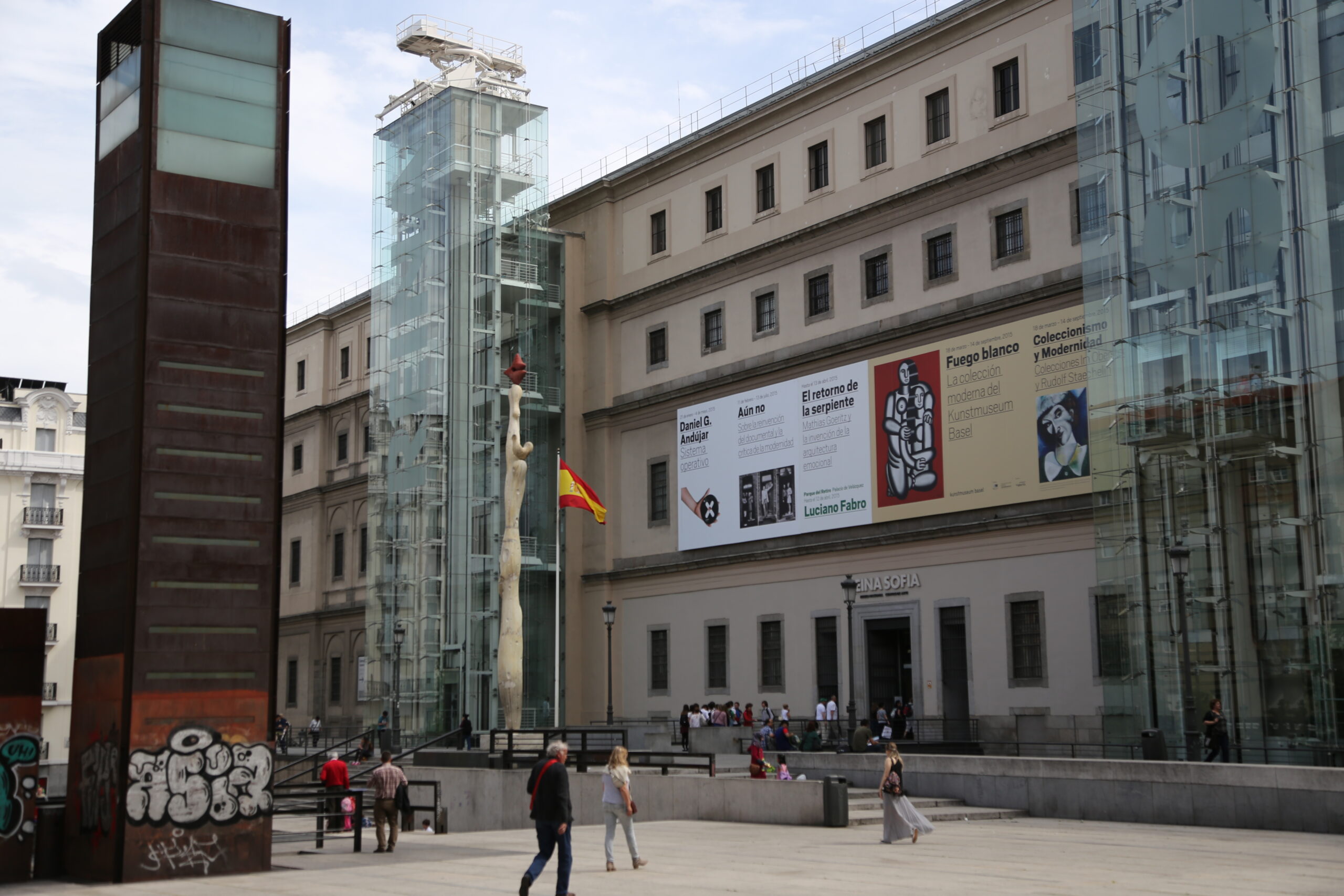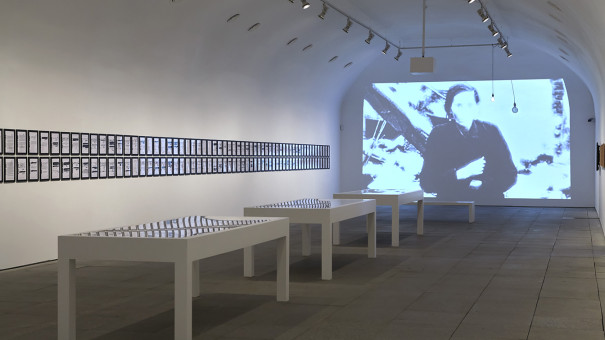Tag: Museo Nacional Centro de Arte Reina Sofía
-
Postcapital Archive (1989-2001)
Daniel García Andújar (Almoradí, Alicante, 1966) revisa en Postcapital Archive la situación histórica, social y económica tras dos acontecimientos de impacto mundial: la caída del Muro de Berlín y los atentados terroristas contra las torres gemelas de Nueva York del 11 de septiembre de 2001, ataque que inaugura la entrada en el siglo XXI difundiendo…
-

Váyase el muerto a la sepultura y el vivo a la hogaza (El Quijote I 19)
Soy muy consciente de que los artistas hace tiempo que no participamos del diseño y gestión de las instituciones dedicadas al arte contemporáneo de este país. Salvo honrosas excepciones, nuestra capacidad para mediar o influir en las decisiones que se toman en estos establecimientos es nula. Nuestro papel se ha visto reducido a una mera…
-
Estos ‘404: Not found’ son para enmarcar
El Museo Reina Sofía tiene hasta 13 versiones diferentes del error más famoso de Internet ¿Qué es el error 404? ¿De dónde viene? ¿A dónde va? David Sarabia Diario.es Corría el año 1992 e Internet estaba aún en pañales. Nada que el W3C (World Wide Web Consortium) no hubiera notado. La versión 0.9 del protocolo HTTP…
-
The Delicate Mix between Technology, Politics and Aesthetics
Interview with Daniel G. Andújar Geert Lovink April 26, 2016 interview 5.029 words In April 2015 I had the honour to receive a private tour by the Spanish artist Daniel G. Andújar of his solo show, Operating System, at the Museo Nacional Centro de Arte Reina Sofía Museum in Madrid.1 I know Daniel from the…
-
Metrópolis – Daniel García Andújar (contenido exclusivo)
Daniel García Andújar (contenido exclusivo) Related Images:
-
-
“Vivimos en un caos de información”
«Estamos en una especie de rizoma en el que todos nos vigilamos a todos» 14.03.2015 | 04:15 “Vivimos en un caos de información” Mezcla en el Reina Sofía la realidad y la ficción en «Sistema Operativo» «Para mí un ‘hacker’ es un sabio de la tecnología que se infiltra en el sistema engañándolo», afirma el…
-
Código abierto. El sistema del arte tras la red
26 – 27 marzo, 2015 – 18:00 h / Edificio Nouvel, Auditorio 200 y Medialab Prado Internet ha producido nuevos comportamientos, subjetividades e instituciones vinculadas a otra manera de ser y hacer. Este seminario debate cómo estos cambios desequilibran categorías artísticas establecidas, el autor o la circulación de la obra única, al tiempo que instauran…
-

-Diseminación, estructura, signo y tiempo en la obra de Daniel G. Andújar-
Comisariada por Manuel Borja-Villel “Sistema operativo” es una muestra que sin llegar a ser una “antología”, concepto poco útil para el trabajo de Daniel G. Andújar, reúne alrededor de medio centenar de obras -entendidas estas en su sentido más ampliado y cercano a la investigación- desde la década de los noventa hasta el presente. La…
-

Cápsula de la Radio del Museo Reina Sofía, realizada por @espejo_s
Daniel G. Andújar Sistema Operativo Fecha de publicación: 03/02/2015 Realización: José Luis Espejo Canal: Inaudible Etiquetas: Ideología Espacio Público Crítica institucional Propaganda Medios de masas Dominio Público Arte en Institución Licencia: Creative Commons Dominio Público 1.0 En esta cápsula Daniel G. Andújar, entrevistado con ocasión de su exposiciónSistema Operativo, habla del proyecto TTTP Technology to…
